3 Steps to Optimizing Absorption
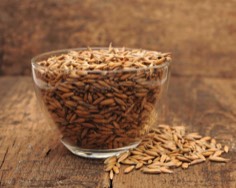 Through being healthy we can help others. It is for my family and friends that I work on my health so that I can be there for them. I like to lead by example and through listening and empathy. I have more to give when I am in health. I want to be a strong spokesperson for kindness and respect for all beings.
Through being healthy we can help others. It is for my family and friends that I work on my health so that I can be there for them. I like to lead by example and through listening and empathy. I have more to give when I am in health. I want to be a strong spokesperson for kindness and respect for all beings.
In the beginning of a whole foods plant based diet people often experience benefits from having less of a burden of allergens and unhealthy foods on their systems. This can feel amazing and a person can ride this wave for a few years without having to put much planning or thought into their dietary needs because, simply, they feel better than they ever have before. In time, however, there will be ups and downs. Because we are human. Healing and detox go to new levels and mineral deficiencies that were probably there before become more apparent. Mineral deficiencies are not specific to any diet. Studies have shown almost half of the population to be B12 and zinc deficient and even more for magnesium. Is it a problem with our soils? I think part of the problem is malabsorption and part of it our food production industry.
One issue when we change diets is that the increased nutrient intake from whole plants can mask symptoms of underlying imbalances, simply because we are more nutrified than before and it can take some time to realize those imbalances still affect us.
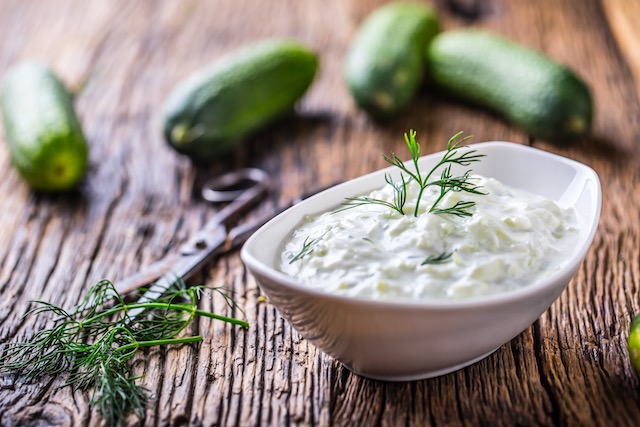
You are already eating the best food that you can find so we are going to skip the preliminary steps of 1, put down the turkey sandwich, 2, eat salad, 3, expand your horizons with new foods. We are going to go to three strategies to maximize your mineral intake if you are already following a nutrient-dense diet.
Strategy one: soak and sprout
Strategy two: digest
Strategy three: absorb
Soaking nuts, seeds and grains before eating them can reduce some of the anti-nutrients that can get away from the digestion and absorption of minerals in those foods. Specifically this applies to phytates and lectins. This can be a simple soak as with almonds, overnight in the fridge or it can be a longer process like sprouting hulless oats until they grow little tails before eating. Many sources recommend soaking nuts for 18-24 hours to maximize the benefit. If I do this I soak in the fridge and change the water. I love to sprout quinoa and make it into amazing salads or Moroccan inspired dishes because it sprouts so easily.
While many grains are simply indigestible raw without sprouting some nuts and seeds could be eaten either way but will be more easily digested through soaking and sprouting. Let’s look at sesame seeds. 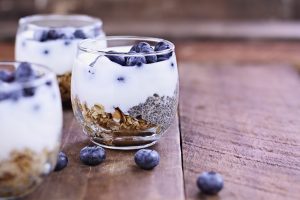 These seeds contain a great amount of calcium but they also contain a great amount of oxalates. This means that the calcium within the sesame seeds is largely unabsorbable. FERMENTING is the best way to decrease oxalates in sesame milk or even in the seeds themselves if fermented in a Lactobacillus bath. There is some debate about how much of the oxalates are destroyed by sprouting. Sesame seeds also contain phytic acid. Phytic acid binds to the zinc making it less absorbable along with other minerals such as manganese and iron. Sprouting reduces the amount of phytic acid. There is research pointing to the health benefits of consuming phytic acid but that is a topic for another post… Fermentation can also release much of the phytates in foods but soaking and sprouting is a good start and a critical step. We are soaking to maximize the minerals available for digestion.
These seeds contain a great amount of calcium but they also contain a great amount of oxalates. This means that the calcium within the sesame seeds is largely unabsorbable. FERMENTING is the best way to decrease oxalates in sesame milk or even in the seeds themselves if fermented in a Lactobacillus bath. There is some debate about how much of the oxalates are destroyed by sprouting. Sesame seeds also contain phytic acid. Phytic acid binds to the zinc making it less absorbable along with other minerals such as manganese and iron. Sprouting reduces the amount of phytic acid. There is research pointing to the health benefits of consuming phytic acid but that is a topic for another post… Fermentation can also release much of the phytates in foods but soaking and sprouting is a good start and a critical step. We are soaking to maximize the minerals available for digestion.
To maximize digestion itself we need three main things: chewing, good levels of stomach acid and good levels of other digestive enzymes, bile and hormones. Chewing food is important and I am sure you have heard the adage chew your drinks and drink your food. It helps me to sit somewhere nice while I am eating and make a bit more of a ritual of it rather than just stuffing down some food in between dropping someone off here and picking something up there. This is a part of digestion I need constant reminders on.
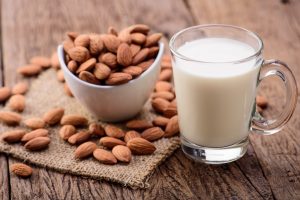 I talked in this week’s video a little bit about stomach acid levels. You can try the apple cider vinegar trick and maybe working with someone to see if low stomach acid might be a problem and if so taking steps to correct it. If you have a history of stomach ulcers, reflux or GERD increasing stomach acid can present challenges and risks but ironically it is those conditions that can benefit most from a healthily acidic stomach environment.
I talked in this week’s video a little bit about stomach acid levels. You can try the apple cider vinegar trick and maybe working with someone to see if low stomach acid might be a problem and if so taking steps to correct it. If you have a history of stomach ulcers, reflux or GERD increasing stomach acid can present challenges and risks but ironically it is those conditions that can benefit most from a healthily acidic stomach environment.
In order to cleave all the minerals from the greens and seeds we need a good level of stomach acid. There are many other organs that contribute to digestion through hormones and fluids. Some organs receive signals to release fluids like bile and enzymes into the small intestine from stomach acid. For example the gall bladder releases bile to buffer the pH of the foods coming out of the stomach into the small intestine based on the amount of stomach acid detected. This creates a more ideal environment in the small intestine and benefits the digestion of food by discouraging the growth of unwanted bacteria.
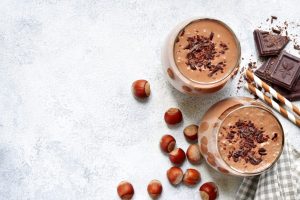
After making sure that the nutrients are available, chewing them and optimizing stomach acid we are ready to absorb as much as possible. For good absorption we need the right environments in the small and large intestines to encourage the right bacteria to grow in the right place and to help bring the nutrients across the digestive border. The bacteria in our digestive systems break down the foods but they also alter the environment to be in their favour and if they are not in the right place they might be creating an environment that is in their favour but not in ours.
As I hinted at in the previous paragraph the small intestine is a slightly alkaline environment that is not supposed to be friendly for the “probiotic” bacteria to proliferate except a small amount of lactobacillus. Those acid forming acidophilus type bacteria love to live in the large intestine and these are really two separate environments. Probiotic foods or supplements tend to have the bacteria that we want in the large intestine but for a small amount that stay in the small intestine, lining it. Because of this it is important to have the acidity/alkalinity of different parts of the digestive tract in balance so that we will be encouraging growth in the “right” place.
Many probiotics cannot colonize in the body (including the yogurt I sold)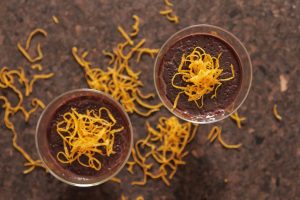 because they are transient, not native bacteria. Learning how to create a real symbiotic environment and rebuild native flora can benefit the absorption of nutrients and digestion of food. If you have ever brewed Kombucha or Kefir you will have taken care of a symbiotic colony of bacteria and yeasts. They work together. The yeasts are able to put out little feet and hold on to their home and the bacteria feed off of the wastes that the yeasts create. Through this process they are able to create a colony that doesn’t get washed away and actually rebuild the flora. There are many probiotic foods that you can purchase with different strains of yeasts and bacteria that have been cultured to digest certain types of vegetables, fruits or sugars. Choose wisely and think about what you would like to be digesting inside your body with the help of the bacteria in relation to what they have been acclimated to break down.
because they are transient, not native bacteria. Learning how to create a real symbiotic environment and rebuild native flora can benefit the absorption of nutrients and digestion of food. If you have ever brewed Kombucha or Kefir you will have taken care of a symbiotic colony of bacteria and yeasts. They work together. The yeasts are able to put out little feet and hold on to their home and the bacteria feed off of the wastes that the yeasts create. Through this process they are able to create a colony that doesn’t get washed away and actually rebuild the flora. There are many probiotic foods that you can purchase with different strains of yeasts and bacteria that have been cultured to digest certain types of vegetables, fruits or sugars. Choose wisely and think about what you would like to be digesting inside your body with the help of the bacteria in relation to what they have been acclimated to break down.
See if you can buy fermented foods that are not pasteurized and remember “probiotic” only refers to a handful of certain bacteria that have been tested and proven to have health benefits but there are many many many strains of bacteria that can help us to digest foods and this science is really very young and is largely funded by yogurt companies… The best evidence is how you feel after working to rebuild digestion and absorption.





